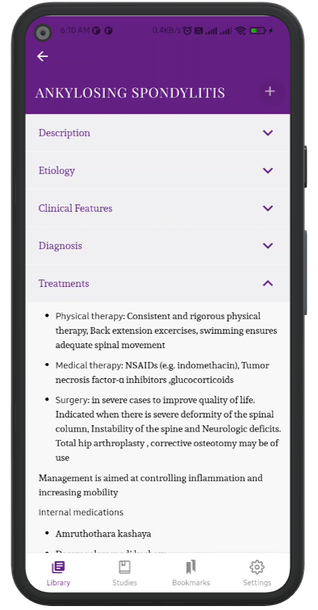ATOPIC DERMATITIS
Description
- Atopic Dermatitis is a common chronic or relapsing dermatitis characterized by severe pruritis, occurring primarily in infants and children. The age of onset is between 2 and 6 months in the majority of cases, but it may start at any age, even before the age of 2 months in some cases
- Although it often improves during adolescence, it may also become a chronic condition that extends into adulthood. Atopic dermatitis is often associated with atopic diseases such as asthma or allergic rhinitis
Types
- The main symptom is intense pruritis and dry skin
- Typical morphology and distribution ( Flexural lichenification or linearity in adults; facial and extensor involvement in infants and children)
- Chronic or chronically relapsing dermatitis
- Personal or family history of atopic dermatitis( e.g asthma, allergic rhinitis, atopic dermatitis)
The course of atopic dermatitis may be divided into three phases: Infantile phase, Childhood phase, and Adult phase
- Infantile phase: Face and scalp involvement is common as well as the extensor surfaces of the extremities and trunk
- Childhood phase: Eczema is observed on the flexural surfaces, including the neck, antecubital or popliteal fossae, wrists, and ankles
- Adult phase: Lichenification of the flexures and hands commonly occurs
Associated findings
- Atopic triad of asthma, allergic rhinitis, and atopic dermatitis that is linked to allergen triggered IgE, White dermographism ( transiently blanched skin), Dermatographism, Keratosis pillaris( keratinized hair follicles), xerosis, Ichthyosis
Important signs
- Hertoghe’s sign( thinning of lateral eyebrows), Hyperkeratosis, and hyperpigmentation producing a dirty neck appearance. Atopic individuals often exhibit perioral, perinasal, and periorbital pallor “headlight sign”
Differential diagnosis
- Seborrheic dermatitis – Lesions are usually dry in atopic dermatitis and more greasy in seborrhic dermatitis. The most useful distinguishing feature in seborrhic dermatitis is the increased number of lesions on the axilla
- Psoriasis: onset is usually after adolescent years and lesions are typically covered with white silvery scales, located on the extensor surface
- Infectious conditions: Mycoses, scabies
Investigation
- Usually based on patient history and clinical appearance
- Essential features – Pruritis and Eczema
- Hanifin and Rajka’s criteria
- IgE
- Eosinophilia
- Patch testing
Treatments
Avoidance of Triggers
- Air conditioning
- Cutting of nails
- Cotton and loose-fitting clothes
- Use of less alkaline soaps
- Skincare
Ayurvedic Treatment
Snehana
- Thiktaka gritha
- Up to 1 year: given as drops: always one should have a proper assessment of agni before administering sneha kalpana - 2 drops to 5 drops depending on agni
- Above 1 year: always start with a minimum dose- even 2 drops will be sufficient to get the desired effect
- Properly monitor the status of agni and increase the dose
Koshta sudhi
- Avipathi Choorna
- 2to 5 years: ½ to ¼ tsp
- 5 to 10 years: ½ tsp – 1 tsp
Samana yogas
- Makkipoovadi kashaya, Thiktakam kashaya ,Nimbadi kashaya
- Gopeechandanadi gutika
- Rajanyadi Choorna (Infant: 2-3gm, Toddler- 5gm, School going- 7-10gm)
External
- Guduchi kashaya/ Triphala kshalana
- Rasottamadi lepa
- Eladi taila, Paranthyadi taila Dhara
- Dineseladi / Neeli tailam / Sudhadoorvadi kera for ext application
Department
Kaumarabhrithya

